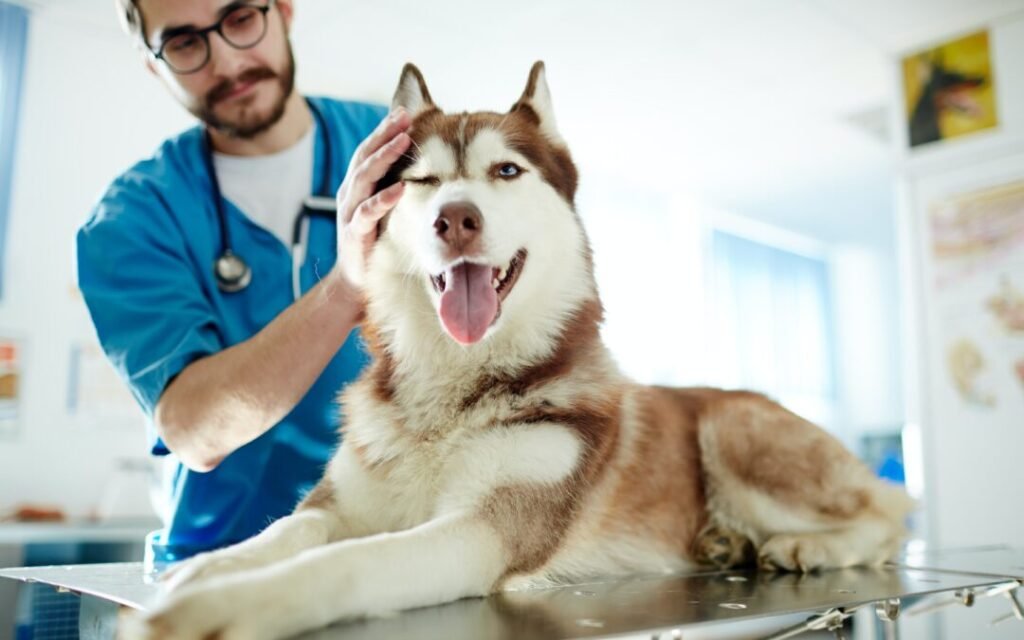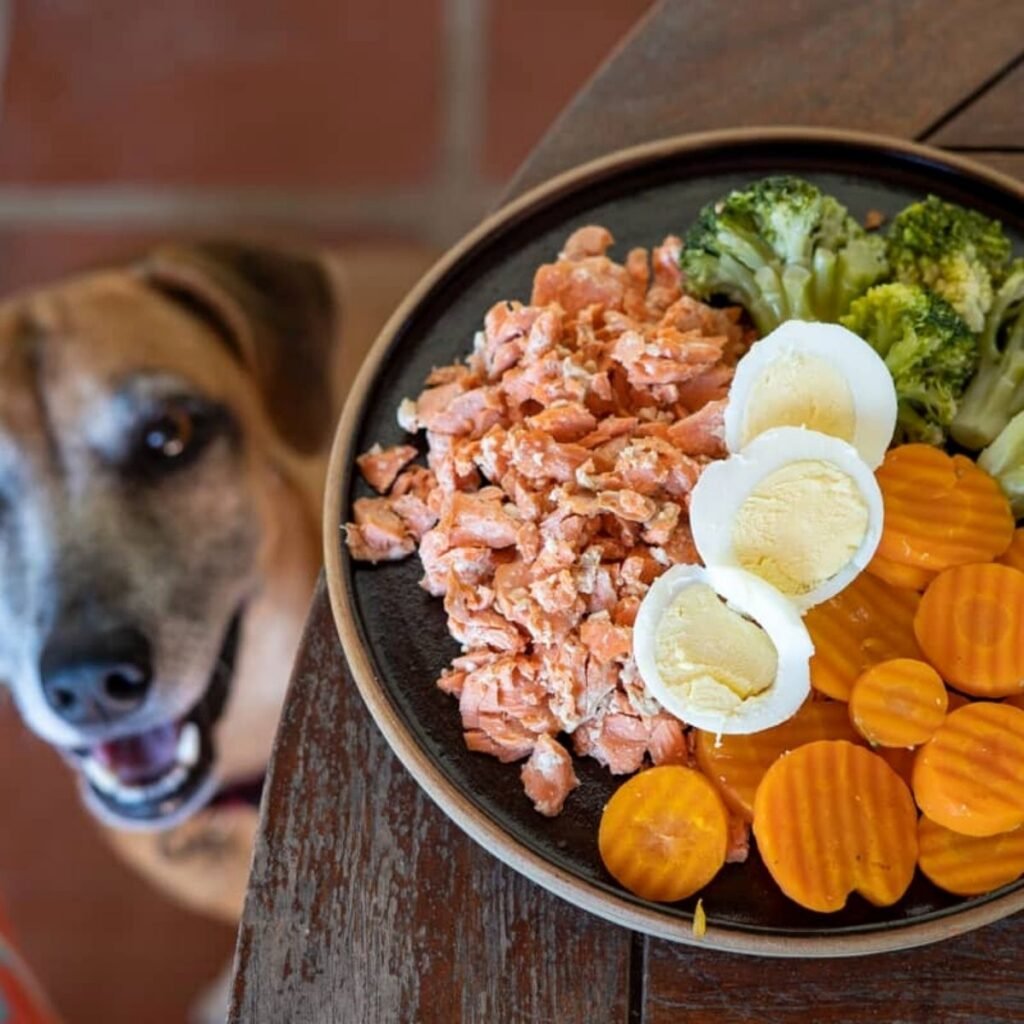Is your dog getting everything they need to thrive? Just like humans, dogs require a well-balanced diet to stay healthy, active, and happy. Nutritional deficiencies can creep in quietly, often disguised as behavioral changes or minor health issues. At BarkBliss, we’re here to help you understand the warning signs and keep your pup feeling their best.

🍽️ Why Nutrition Matters
A dog’s body needs a delicate balance of protein, fats, carbohydrates, vitamins, and minerals. Missing even one key nutrient over time can lead to visible (and invisible) problems. Whether your pup eats kibble, raw, homemade, or a mix, staying alert to signs of deficiency is essential.

🔍 Common Nutritional Deficiencies & How to Spot Them
Here are the most common deficiencies seen in dogs—plus the symptoms to watch for:
1. Protein Deficiency
Why It Matters: Protein supports muscle, immune function, skin, and coat health.
Signs to Watch For:
- Muscle wasting or weakness
- Dull, brittle coat
- Slow wound healing
- Low energy or lethargy
2. Vitamin A Deficiency
Why It Matters: Vital for vision, immune health, and skin integrity.
Signs to Watch For:
- Night blindness
- Dry, scaly skin
- Increased risk of infections
3. Vitamin D Deficiency
Why It Matters: Regulates calcium and phosphorus for strong bones and teeth.
Signs to Watch For:
- Bone pain or deformities
- Stiffness or limping
- Poor growth in puppies
4. Omega-3 Fatty Acids (EPA/DHA) Deficiency
Why It Matters: Supports brain function, joints, and skin health.
Signs to Watch For:
- Dry, itchy, flaky skin
- Excessive shedding
- Dull coat or dandruff
- Joint stiffness
5. Zinc Deficiency
Why It Matters: Zinc helps with wound healing, skin function, and immune support.
Signs to Watch For:
- Hair loss, especially around eyes, nose, or paws
- Thickened or crusty skin
- Slow healing cuts or rashes
6. Iron Deficiency (Anemia)
Why It Matters: Iron is essential for red blood cell production.
Signs to Watch For:
- Pale gums
- Weakness or rapid breathing
- Loss of appetite
7. Calcium or Phosphorus Imbalance
Why It Matters: Critical for growing dogs and bone maintenance.
Signs to Watch For:
- Bone fractures or deformities
- Restlessness or twitching
- Poor coordination

🩺 What To Do If You Suspect a Deficiency

If your dog shows any of these signs, don’t self-diagnose with supplements—some nutrients can be harmful in excess. Instead:
- Consult Your Vet: A blood test or dietary review may reveal what’s lacking.
- Evaluate Their Diet: Check ingredient quality, variety, and whether their food meets AAFCO guidelines.
- Ask About Supplementation: Omega-3s, multivitamins, or targeted minerals may be recommended.
- Track Changes: Keep a journal of symptoms, diet, and improvements for ongoing care.
🦴 Prevention Tips from BarkBliss
- 🥦 Feed a balanced, complete diet (commercial or home-cooked with vet guidance).
- 🍗 Rotate proteins and incorporate dog-safe whole foods for variety.
- 🧂 Avoid filler-heavy or low-quality kibble with artificial colors and preservatives.
- 📋 Monitor weight, coat, and energy levels regularly.

💡 Final Woof
Your dog can’t tell you what they’re missing—but their body often will. By staying aware of subtle signs and prioritizing high-quality nutrition, you can help your furry friend live a longer, healthier life. At BarkBliss, we believe a happy dog starts with a well-fed body and a watchful, loving human.

🦴 Got questions about your dog’s diet? Drop us a comment or check out our natural treat recipes for wholesome snack ideas!

